Young workers are employed across every industry. The most common industries for young workers include accommodation and food services, retail trade, health care and social assistance, construction, and education and training.
Young workers often need additional training, support and consideration in the workplace. The characteristics of young workers mean they are at greater risk of exposure to both physical and psychosocial hazards at work.
Attitudes that young workers form early in their careers are likely to carry throughout their working lives. Educating young workers and instilling the importance of WHS early can make a real difference to the value workers place on their own health and safety and the health and safety of others.
Young workers may:
- have limited work experience or awareness of WHS hazards and risks
- still be developing their competencies, communication skills, decision-making skills, and physical capabilities within a work context
- be keen to please and make a good impression in the workplace, agreeing to complete tasks when they may be unsure or feel unsafe
- appear confident in their capabilities even though they may benefit from additional training and support.
- be unfamiliar with what behaviour is considered appropriate or inappropriate in the workplace
- be vulnerable to peer pressure and easily influenced to copy the behaviour of other workers, regardless of whether it is safe
- be subjected to harmful behaviours in the workplace such as hazing or initiation
- have ineffective training, support, communication or oversight from supervisors, managers or employers
- be more likely to experience fatigue if managing commitments outside of work such as study or extracurricular activities
- not report hazards as they do not know how to report them, see them as just part of the job, are concerned they may lose their job if they report them, or believe they are not serious enough to report
- think their reports will be ignored, or not handled respectfully or confidentially
- be reluctant to ask questions or raise concerns because of a power imbalance or stigma attached to raising WHS issues.
Young workers who are also children
Young workers aged 18 and under are particularly vulnerable. They lack experience to fully consider consequences when completing tasks and may not think through processes in the same way as more experienced adult workers.
These workers are also in a vulnerable position when working closely with adults (including after hours in early morning or late-night settings). This power imbalance places them at a higher risk of bullying, violence and aggression and sexual and gender-based harassment, as well as child sexual abuse.
Children are often balancing work with study. Employers will need to take this into account when scheduling or changing work rosters around classes or study assessment periods and ensure the risks such as high job demands and fatigue are managed.
The model WHS Regulations also set out specific age restrictions relating to the performance of certain hazardous work:
- workers under 16 must not supply flammable gas or liquids
- workers can only hold a high risk work licence if they are at least 18 years of age
- supervisors of asbestos removal work must be at least 18 years of age.
Each state and territory has their own pre-employment screening requirements that sit outside of WHS laws for people seeking to work or volunteer with children. These requirements are designed to protect children in these workplace settings.
